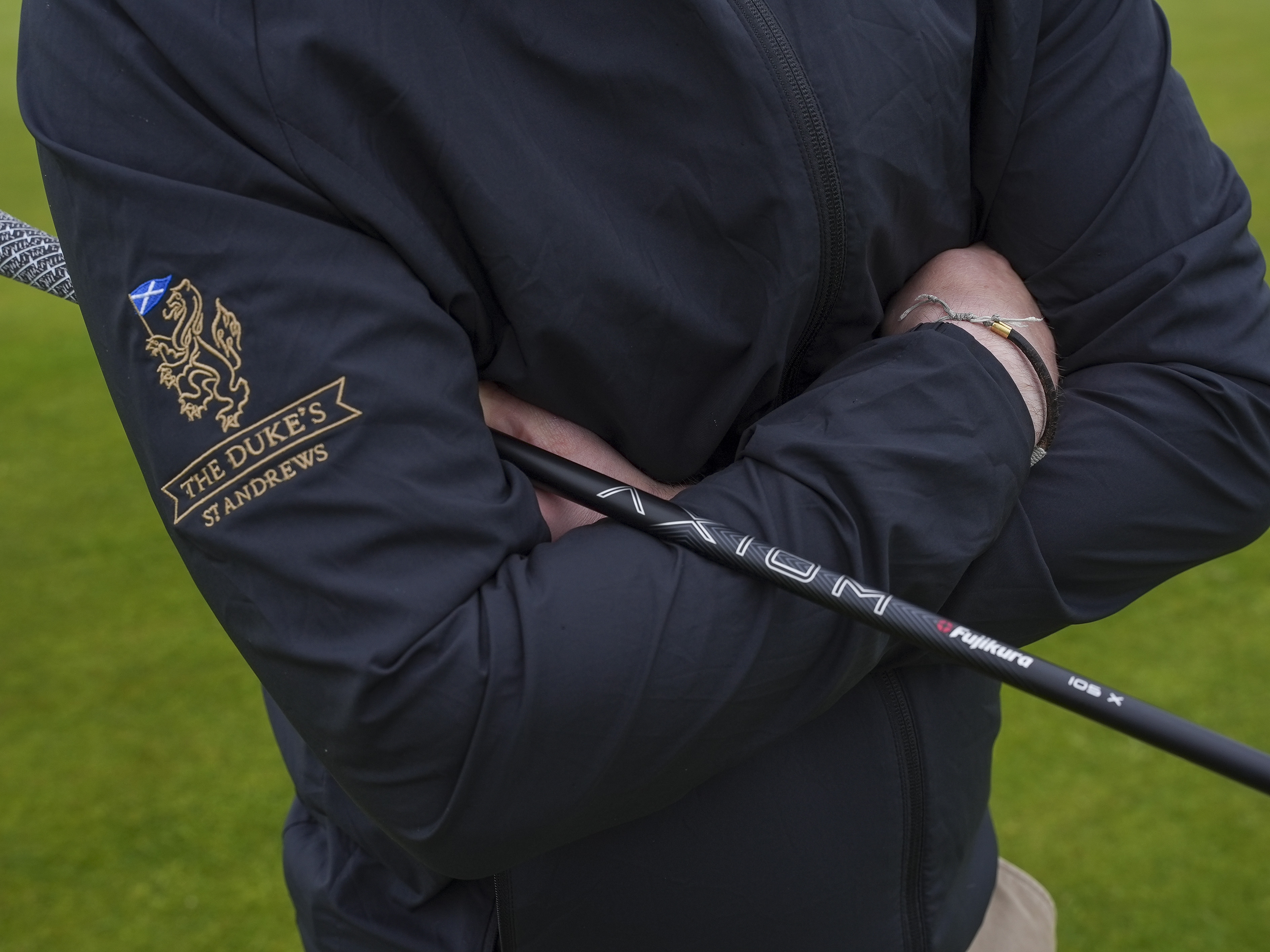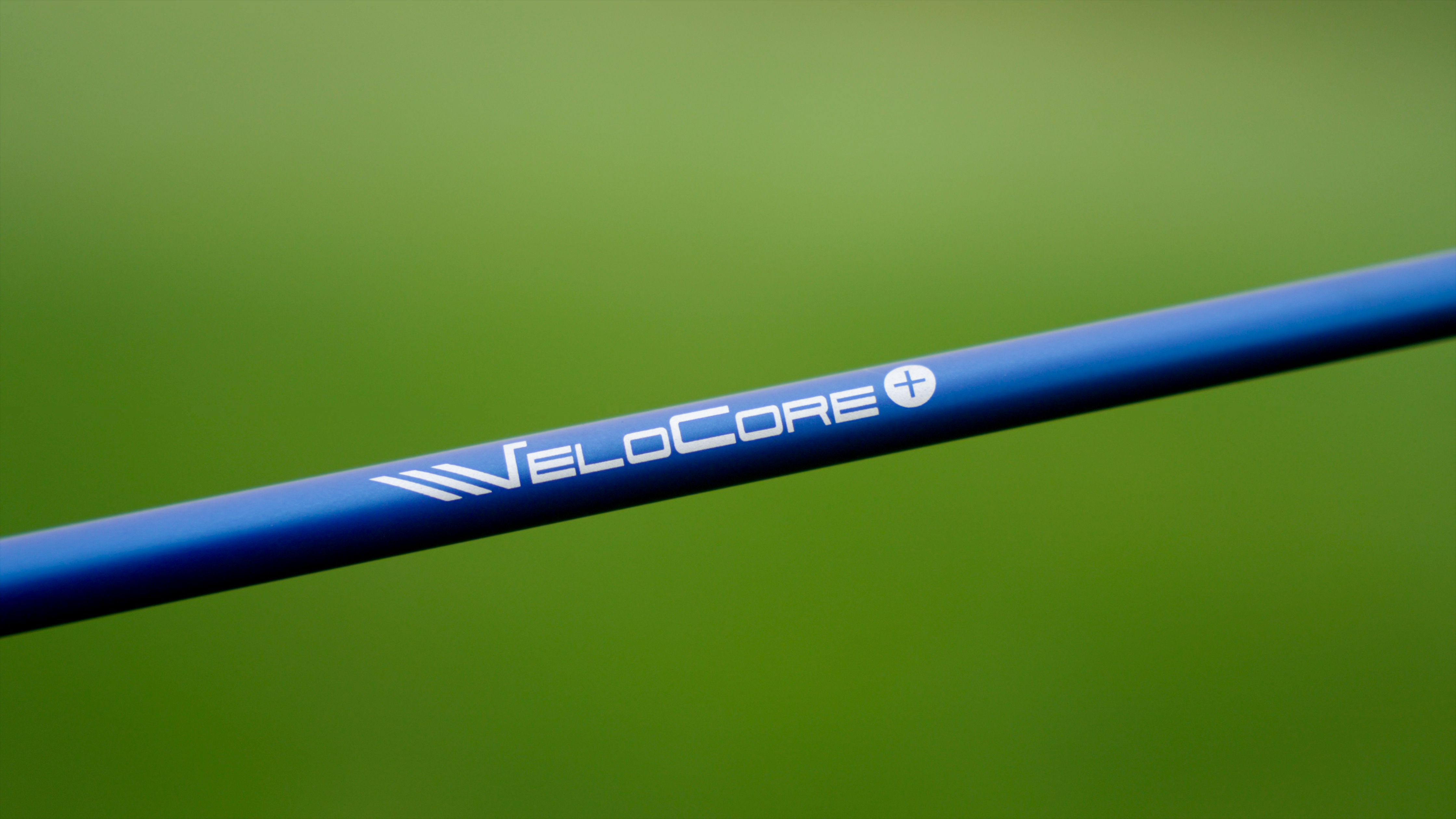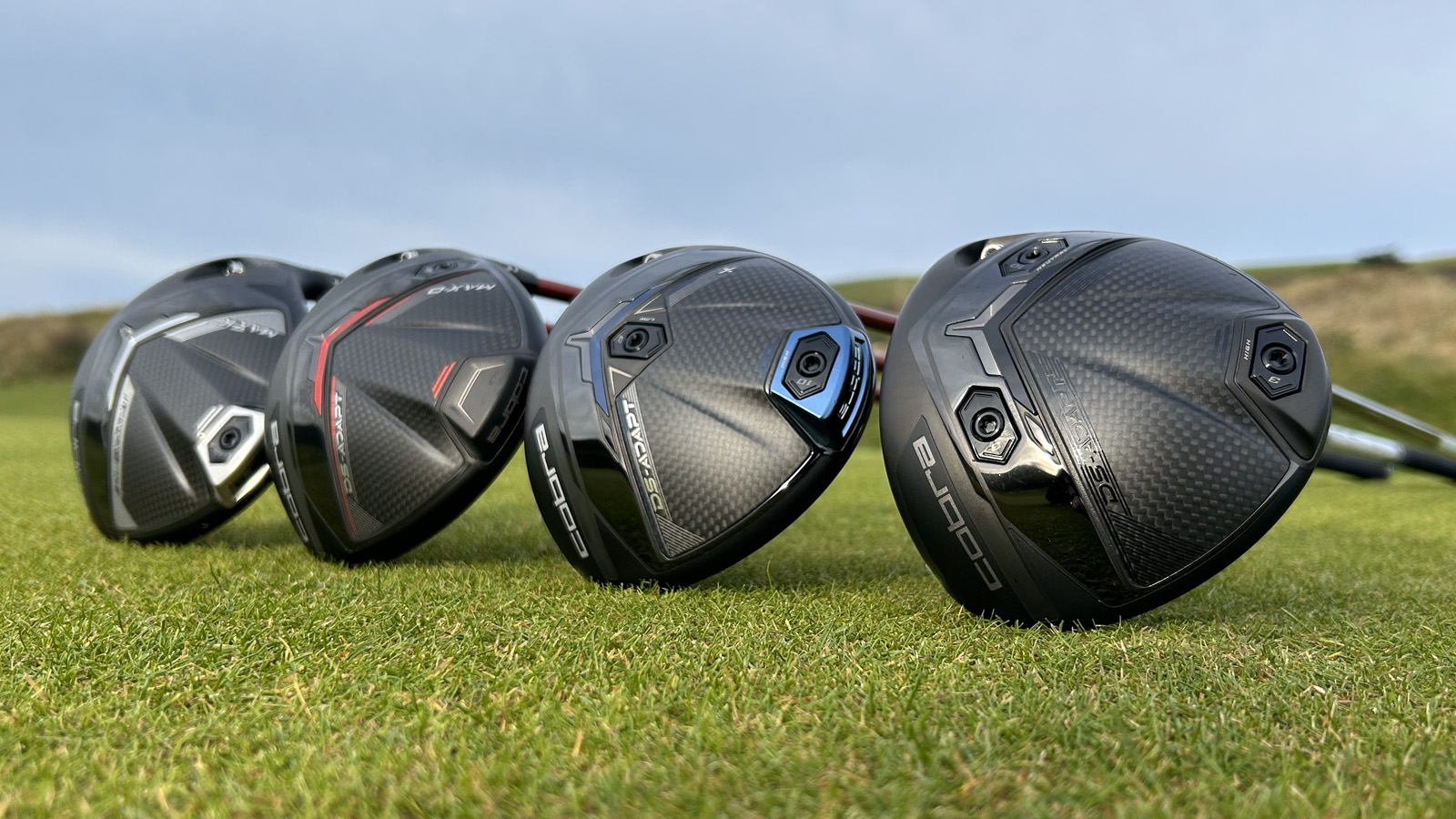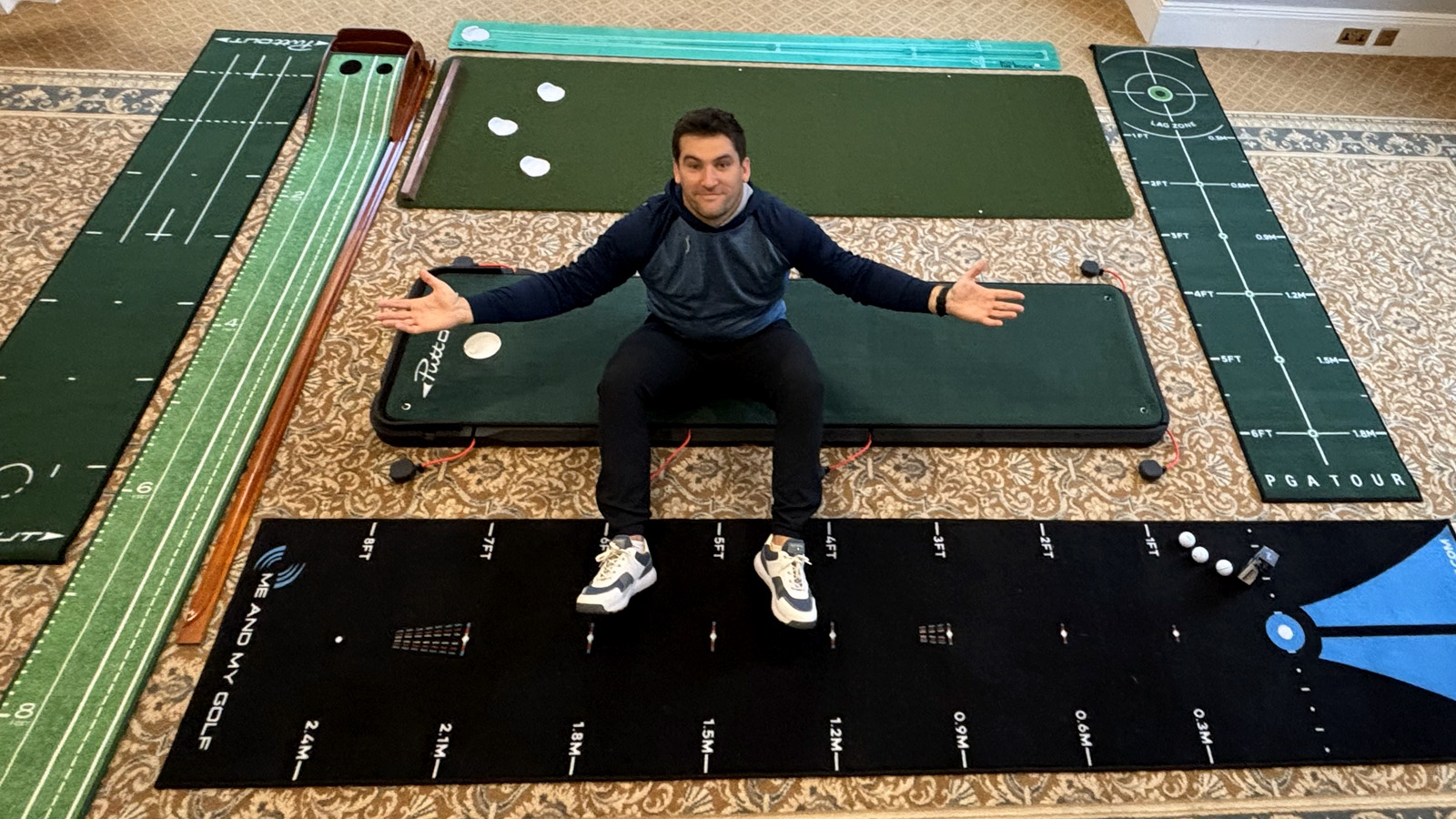How To Attack Par 5s: Ultimate Strategy Guide
YouTube PGA Pro and Fujikura ambassador Matt Fryer explains how to score better on the longest holes on the golf course…


Professionals and elite players see par 5 holes as their main scoring opportunities, whereas they can often strike fear into the heart of the recreational golfer. The sheer length of these holes can be daunting and often lead to some card-wrecking scores. I recently joined Matt Fryer on the 18th hole at Royal Liverpool Golf Club to get some insight on how club golfers can tackle the par 5s more successfully with a better strategy…
Don’t be daunted by the length
Many club golfers get on to the tee of par 5 holes and immediately feel intimidated by the length and are psychologically defeated before they have begun. It can seem that you are so far from the hole to start with that you are never going to reach the green, but Matt thinks that there is a way you can change your perspective.
“If we break it down, I always say to my students, if you hit three shots that went 200 yards, then even on a 550-yard par 5, we are already 50 yards over the green, so it’s not actually too long in that sense once you break it down into manageable chunks, so don’t let that big number intimidate you.”
This is a great psychological trick to keep the potentially intimidating yardage in perspective and help you realize that you don’t have to do all the work in one or even two gos.

The new Velocore+ shaft from Fujikura provides improved feel, consistency and speed for all golfers.
Build a sensible strategy
On the longest holes on the course, the temptation to take out your driver and swing out of your boots can be difficult to ignore, but can actually land you in trouble. Of course, there are occasions where that might be appropriate when the fairway is wide and the hazards are not too penal, but on many occasions, planning ahead can be critical to success. Take a look at not only what hazards, such as out-of-bounds, bunkers, rough, or water lay in your way, but also the severity of those hazards.

The Fujikura Axiom shaft aims to deliver deliver ultimate consistency, stability, and unmatched workability.
For example, if there is a bunker in your normal driver landing zone and it is a small, deep, pot bunker then it may be prudent to select another club that may not reach as the penalty for going in those bunkers can be severe. However, if that bunker is large and has a shallow lip that you may be able to advance the ball a good distance from, then in that instance, the potential reward may warrant the risk. Do not only assess where hazards are, look a little deeper and assess how severe they are before finalizing your plan.
Find a favorite wedge yardage

Matt Fryer laying up to his favorite wedge yardage
For many recreational players, reaching par 5 greens in two or even sometimes three shots just isn’t possible so it is important to have a fallback strategy to score well. As Matt says: “Too often I see players desperately trying to force a ball as close as possible to the green, feeling that is the only way they will possibly make a birdie or par. This can lead to errors in the strike by pushing too hard for distance, and even if successful, can also leave players with awkward in-between pitch shots. I have a club in my bag that I am very comfortable hitting 90 yards so when I am laying up, I invariably try to play to that comfortable yardage for me rather than trying to force the ball as close as possible to the green.”
Get the Golf Monthly Newsletter
Subscribe to the Golf Monthly newsletter to stay up to date with all the latest tour news, equipment news, reviews, head-to-heads and buyer’s guides from our team of experienced experts.
Take some time in practice to establish your own favorite layup yardage and use that to your advantage next time you can’t reach the green.
Make sure your equipment matches your requirements

Fujikura ambassador Matt Fryer discussing how important shaft choice is in fairway woods and hybrids.
Due to the yardage, no holes place more emphasis on having the correct equipment set up at the top end of your bag than par 5s, especially having the best driver shafts in your bag. Ensuring an optimal driver setup can help you maximize your distance from the teeing ground and finding the best head/shaft combination is one of the keys to doing so. Even further down the hole, having the correct options in your bag is critical to being able to attack par 5s.

Velocore+ builds on the incredible global success of the Fujikura Ventus and Ventus TR range.
Does the course you are playing suit lower, running approaches or high soft landing approaches? Is the rough thick and juicy or dry and sparse? These are all things that can influence what equipment you will need in your golf bag from deciding between a long iron or a lofted hybrid, or even whether to add another wedge if some of the par 5s are out of your range. Selecting the correct shaft that compliments the flight preferences you are looking for is also crucial. Different shaft profiles can encourage different flight windows and that must be factored into your thinking.
Don’t always play the yardage

Based on the VENTUS Blue, the 2024 VENTUS Blue shaft is a mid-launch/low spin wood shaft with improved feel, consistency and speed for all golfers.
This may sound strange, but the best players do not always try to hit the ball the “correct” yardage. In particular, on par 5s, many of the top professionals in the world often try and hit the ball over the back of a green or deliberately play to the front or even short of the green on their second shot, depending on the slopes, hazards, and what leaves the easiest next shot. Obviously, in an ideal world, we would generally want to have the ball as close as possible to any hole, but often, with the length of approach shots on par 5s, even the best in the world are pragmatic enough to know that it is unrealistic to expect that level of accuracy. Understanding the slopes and angles of the green you are playing to will help you to work out where the easiest up and down will come from and help to inform your strategy.

Joe has worked in the golf industry for nearly 20 years in a variety of roles. After a successful amateur career being involved in England squads at every age group, Joe completed his PGA degree qualification in 2014 as one of the top ten graduates in his training year and subsequently went on to become Head PGA Professional at Ryder Cup venue The Celtic Manor Resort. Equipment has always been a huge passion of Joe’s, and during his time at Celtic Manor, he headed up the National Fitting Centres for both Titleist and Taylormade. He’s excited to bring his knowledge of hardware to Golf Monthly in the form of equipment reviews and buying advice.
Joe lives in North Devon and still plays sporadically on the PGA West region circuit. His best round in recent years came earlier in 2023 where he managed a 9 under par 63 at Trevose GC in a Devon & Cornwall PGA Tournament.
Joe's current What's In The Bag?
Driver: Switch between TaylorMade Qi35 and Callaway Elyte TD - both with Fujikura Ventus Black 6-X
Fairway wood 1: TaylorMade BRNR Copper Mini Driver - Fujikura Ventus Black 7-X
Fairway wood 2: Callaway Apex UW 17˚- Fujikura Ventus Black 9-X
Irons: TaylorMade P7CB 3-PW with Dynamic Gold Tour Issue X100 shafts
Wedges: Callaway Opus 50, 54, and 60 degrees - Project X LS 6.0 shafts
Putter: LAB Golf Oz.1 (zero shaft lean)
Ball: TaylorMade 2024 TP5x
Grips: Golf Pride Tour Velvet 60R
Bag: Vessel Player IV Pro DXR Stand
-
 Volvo China Open 2025 Picks, Odds And Predictions
Volvo China Open 2025 Picks, Odds And PredictionsFollowing a break for The Masters, the DP World Tour returns for the final two weeks of its Asian Swing and the Volvo China Open is the penultimate event
By Jonny Leighfield
-
 Rory McIlroy's Sports Psychologist Explains Why He 'Didn't Talk' To Bryson DeChambeau In Masters Final Round
Rory McIlroy's Sports Psychologist Explains Why He 'Didn't Talk' To Bryson DeChambeau In Masters Final RoundDeChambeau raised eyebrows at Augusta National when claiming that McIlroy wouldn't engage in conversation during the final round of The Masters
By Jonny Leighfield
-
 Could This 'Stumbled Upon' Equipment Switch Finally Land Rory McIlroy the Grand Slam?
Could This 'Stumbled Upon' Equipment Switch Finally Land Rory McIlroy the Grand Slam?Rory McIlroy made a golf ball change earlier this season that has reignited his wedge play and it could be about to pay off in the most dramatic possible way…
By Joe Ferguson
-
 Real Players Use Long Irons, Right? Well, Fred Couples Nearly Made The Cut At The Masters At 65 Years Old, And His Longest Iron Is A…
Real Players Use Long Irons, Right? Well, Fred Couples Nearly Made The Cut At The Masters At 65 Years Old, And His Longest Iron Is A…Both Couples and Bernhard Langer turned back the clock brilliantly over the first two days at Augusta National and did so with some interesting bag setups.
By Joe Ferguson
-
 I Built Tiger Woods’ 2019 Masters Winning Bag From The Second-Hand Market!
I Built Tiger Woods’ 2019 Masters Winning Bag From The Second-Hand Market!PGA Professional Joe Ferguson has been taking a deep dive into Tiger’s bag for arguably the greatest victory of his career…
By Joe Ferguson
-
 How Titleist 'Used Every Tool In The Toolbox' To Enhance The New Pro V1 And Pro V1x Golf Balls
How Titleist 'Used Every Tool In The Toolbox' To Enhance The New Pro V1 And Pro V1x Golf BallsAfter months of testing and tour validation the new Titleist Pro V1 and Pro V1x golf balls are set to launch, but what's new? We explain all
By Sam De'Ath
-
 How The New Cobra DS-ADAPT Range Looks To Have Changed Driver Fitting Forever
How The New Cobra DS-ADAPT Range Looks To Have Changed Driver Fitting ForeverWith a revolutionary hosel design and refined aerodynamics, the Cobra DS-ADAPT may just become the standout driver in 2025
By Sam De'Ath
-
 £39 Vs £169 Wedge Test... Surprising Results!
£39 Vs £169 Wedge Test... Surprising Results!In his latest Retro Review, Joe Ferguson sees if the original Vokey wedge picked up for just £39 can compete with the modern equivalent four times the price
By Joe Ferguson
-
 7 Useful Golf Rangefinder Features You Never Knew About
7 Useful Golf Rangefinder Features You Never Knew AboutThink you know everything a rangefinder can do? Think again. We've got seven of the best features currently available on the best modern rangefinders
By Dan Parker
-
 Do Putting Mats Help Improve Your Putting?
Do Putting Mats Help Improve Your Putting?Former professional golfer Sam De’Ath sheds light on whether or not a home putting mat can help improve your performance on the greens
By Sam De'Ath
